In some cases, even if you follow an Indian obesity diet chart strictly, you might not be shedding pounds as quickly as you would like to.
This can be extremely demotivating and disheartening. When this happens, it’s important that you don’t give up and return to an unhealthy diet. Instead, understanding some of the common causes for not losing weight and addressing them can put you back on your path to weight loss.
Common reasons for not losing weight
1. You might be on a weight-loss plateau- This happens when you start to lose weight initially but after a point, you stay at the same weight and can’t reduce it further. When you first reduce your caloric intake, your body taps into its glycogen stores for energy, which burns fat. Once you start losing weight, however, you also lose some
of your muscle mass, which can reduce your metabolism. It is essential to reduce your calorie intake and increase your physical activity to push your body to continue burning fat.
An important point to remember is that although you might not be losing weight on the scale, you might be losing fat even during a plateau. Thus, measuring your body fat percentage throughout your weight loss journey is extremely important.
2. Not keeping a food diary- It is important to be extremely conscious of what you eat throughout the day. Those who do not keep track of what they eat often end up eating more than they realize.
3. Not consuming enough protein- Protein is vital for weight-loss. 25-30% of your calories should come from proteins, as this helps boost metabolism and helps in suppressing cravings. Thus, it’s important to not just count calories but to also track your macros.
4. Consuming too many calories- Losing weight is difficult if the intake of calories exceeds the calories burnt. Use a calorie calculator to plan your meals.
5. Lack of whole foods in diet- Calorie count is important, but so is the food quality you eat. Try to consume single-ingredient whole foods and stay away from processed foods.
6. Lack of weight training- Building muscle through resistance training and lifting weights is essential for weight loss. Muscle mass reduces as you get older, and during cardio, it often gets burned along with body fat. Resistance training helps you lose fat, but not muscle mass. This can help you lose weight by exercise while also
burning fat. You can lose weight with exercises at home with the help of simple dumb-bells and kettlebells.
7. Binge-eating- Very often, dieters encounter binge-eating episodes on junk food, while others binge-eat healthy foods. Both are equally liable to reverse your weight-loss due to the high-calorie intake.
8. Minimal cardio workout- Aerobic or cardiovascular exercise is important to get your heart rate going. Hence, activities like swimming, running, cycling are instrumental in burning fat around the midsection, and this way, you can lose weight with exercise.
9. Sugar intake- Sugary drinks are the biggest contributors to obesity. Most of us know that sodas are filled with sugar, but some of us don’t realize that so-called healthy sports drinks and fruit juices are equally loaded with sugar. To ensure you don’t consume too much sugar, always read the nutrition label at the back of the product. Lose weight drinks include green tea, infused water, coconut water and fresh juices without sugar.
10. Lack of sound sleep- A disturbed sleep pattern impacts physical and mental health and contributes to weight gain in multiple ways. This is because a lack of sleep or an improper schedule causes hormonal disturbances, which can lead to cravings.
11.Excessive carbohydrates- A low-carb diet helps to improve metabolic markers and helps in losing weight.
12. Eating too often- Eating multiple small meals to boost metabolism is a myth as it hardly has any effect on weight loss. Instead, intermittent fasting has emerged as a more effective weight-loss method.
13. Drinking less water- Staying hydrated helps in the weight loss process as it helps to reduce water retention and water weight.
14. Alcohol- Consuming too many alcoholic beverages such as wine and beer is linked to weight gain.
15. Lack of mindful eating- Mindful eating is a powerful tool that helps in weight loss, which involves eating food slowly, savouring each bite, and without any distraction.
16. Medical conditions- Certain medical conditions like hypothyroidism also make it difficult to lose weight, and certain medications for this can result in weight gain. If you’re not losing any weight despite your best efforts, you should get a complete body checkup done to rule out any other underlying issues.
It is important to log in to the food consumed during the day with the calorie count, workout schedule and number of calories burnt. This will boost weight-loss efforts and prevent overeating, sedentary lifestyle, and indulging in fats/sugars, which are the 3 leading causes of obesity.
Pro Tips from Dieticians
Creating an obesity food chart and diet plan on your own can be a daunting process. A dietician can be one of your most powerful allies when it comes to weight loss. A dietician will conduct a full analysis of your medical records, understand your calorie requirements and construct a diet plan specifically for you.
The tips provided by dieticians will vary depending upon your body makeup and other factors. In general, however, these are some of the tips dieticians often recommend for weight loss:
 1. Intermittent fasting
1. Intermittent fasting
This involves an eating pattern with short-term fasting, where meals have to be eaten within a shorter time window during the day.
 2. Proper fibre intake
2. Proper fibre intake
Helps in the digestion process and creates a feeling of fullness.
 3. Maintaining good gut bacteria
3. Maintaining good gut bacteria
Healthy gut microbiome can improve digestion and aid weight loss. Probiotic and prebiotic foods can aid the growth of healthy gut bacteria.
 4. Stress management
4. Stress management
Helps to suppress hormones such as adrenaline and cortisol that can promote emotional eating.
Testimonials from Patients and Common Man
Weight Loss Story #1
“I lost 20 kilos after always being made fun of for my weight” 16-year-old Uday Gupta managed to lose weight by walking 10 thousand steps every
day and not giving in to ‘cheat days’ throughout his weight loss journey. Uday’s highest weight was 100 kg, which he managed to reduce by 20 kg over 5 months. Consistently following a workout plan, coupled with a low-carb diet (obesity control diet chart), helped him achieve his target weight.
Weight Loss Story #2
“At 25, my BMI was extremely unhealthy for my age group” Kavitha Chaudhury, a 25-year-old auditor, managed to fight the flab and lose the extra kilos. Kavitha
blames her weight gain on her sedentary lifestyle and frequent munching on junk food. At her highest weight, she felt lethargic, and her self-confidence had taken a hit. It took a lot of will power to start her weight-loss journey. She works out 6 times a week and follows a curated Indian diet chart for obesity for Indians, which is customized according to her palate.
Summary:
– If you are struggling to lose weight despite following a strict diet, some of the reasons for this could be binge eating, lack of proper exercise regime and hitting a weight loss plateau, among others.
– Consulting with a dietician can be extremely useful to ensure that you avoid a weight loss plateau and consume all the required nutrients.
Need professional guidance on your weight loss journey? Consult a dietitian now only on MFine!
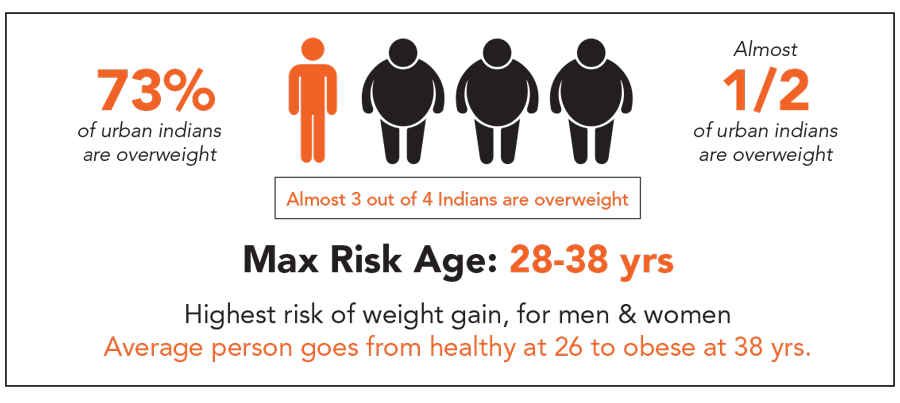
 Gynecologist
Gynecologist General Physician
General Physician Orthopedician
Orthopedician Dietitian
Dietitian Pediatrician
Pediatrician Dermatologist
Dermatologist Psychiatrist
Psychiatrist Andrologist
Andrologist Diabetologist
Diabetologist Urologist
Urologist Gastroenterologist
Gastroenterologist General Surgeon
General Surgeon Endocrinologist
Endocrinologist Dentist
Dentist Cardiologist
Cardiologist Pulmonologist
Pulmonologist Fertility Specialist
Fertility Specialist Oncologist
Oncologist Neurosurgeon
Neurosurgeon Nephrologist
Nephrologist Neurologist
Neurologist Sports Medicine
Sports Medicine Cosmetologist
Cosmetologist



 1. Excess eating:
1. Excess eating: 2. Genetics:
2. Genetics: 3. Nutritionally-deficient diet
3. Nutritionally-deficient diet 3. Prescription medication
3. Prescription medication 4. Psychological reasons
4. Psychological reasons 5. Diseases
5. Diseases 6. Social problems
6. Social problems 7. Hormonal imbalances
7. Hormonal imbalances 8. Age
8. Age 9. Pregnancy
9. Pregnancy 10. Giving up smoking
10. Giving up smoking 11. Disturbed sleep
11. Disturbed sleep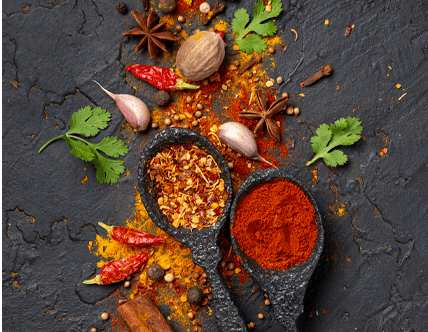

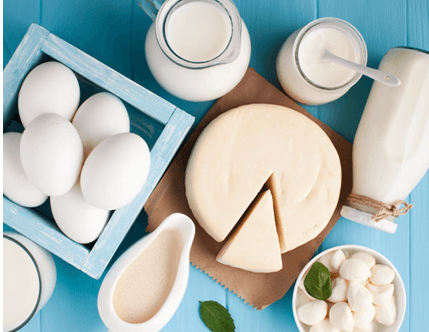
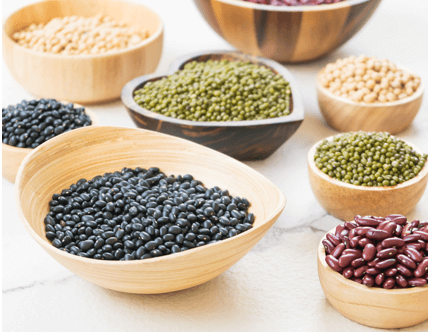

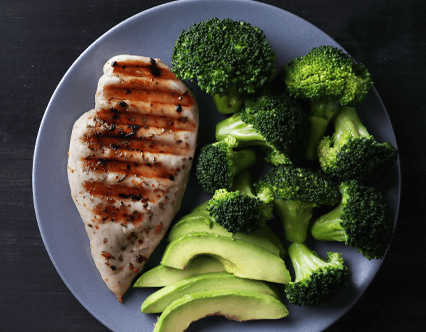
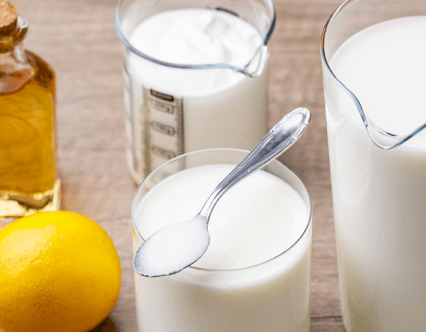

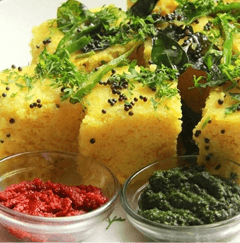

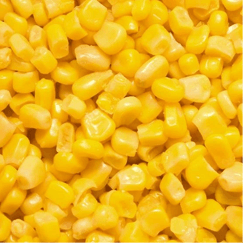

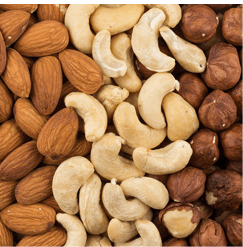
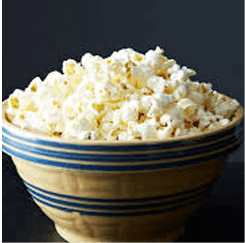

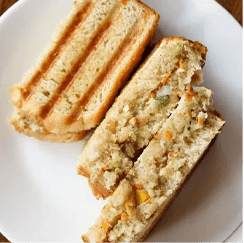


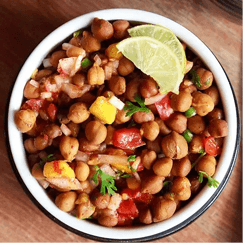
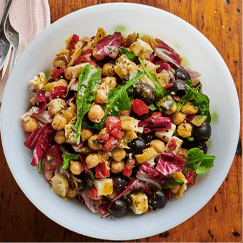
 1. Intermittent fasting
1. Intermittent fasting 2. Proper fibre intake
2. Proper fibre intake 3. Maintaining good gut bacteria
3. Maintaining good gut bacteria 4.
4. 





